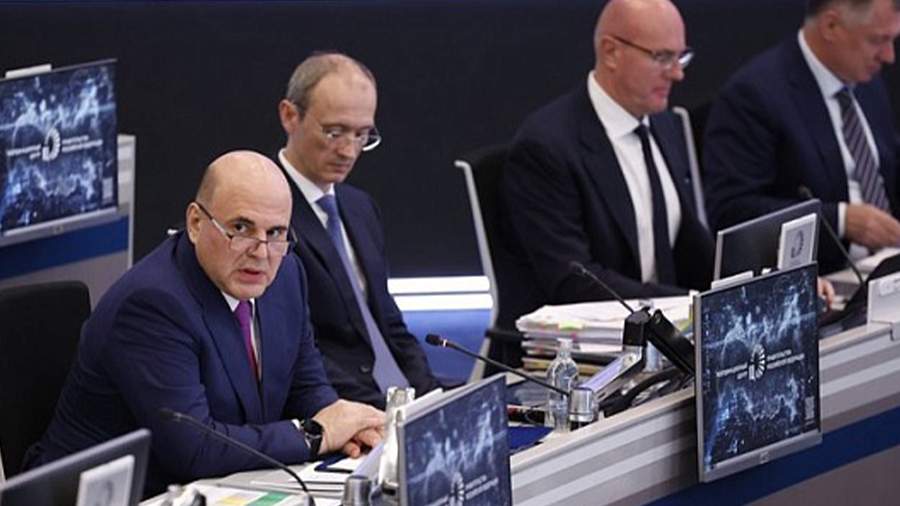The Russian government discussed the vector of development of creative industries
- Новости
- Press releases
- The Russian government discussed the vector of development of creative industries

A strategic session on the development of the creative economy in Russia was held in Moscow under the leadership of Mikhail Mishustin, Chairman of the Government of the Russian Federation. The meeting was organized as part of the implementation of the instruction of the President of the Russian Federation given during the plenary session of the St. Petersburg International Economic Forum. President Vladimir Putin stressed the importance of accelerated development of industries related to science, culture, design, music, architecture, cinema, digital and humanitarian technologies, calling them the "economy of impressions" and part of the new structure of national growth.
"The development of creative industries is necessary to create new highly qualified jobs, increase the production of domestic creative products, and expand our export potential. Many of these products are already in demand abroad. And of course, this is very important for the preservation of our traditions, history, and the enhancement and achievement of culture. Our task is to create a comprehensive support system for creative industries, taking into account the specifics of each of them, to build effective cooperation between business circles, federal and regional authorities, so that talented citizens across the country have ample opportunities to turn a creative idea into a successful business," said Mikhail Mishustin, Chairman of the Government of the Russian Federation.
The strategic session was attended by representatives of government authorities, development institutions, business, education, culture and media. Priority areas for the development of the creative economy until 2030, value orientations, regional growth vectors, as well as proposals for integrating creative solutions into the country's economy were discussed.
"The development of the creative economy was one of the key topics of the SPIEF, including the expert session "A new philosophy of economic Growth of territories: a value-based creative economy."Today, the sector is already four times faster than the overall economic growth rate. The creative industries employ 4.6 million people, with a total gross value added of 7.5 trillion rubles. More than 390 thousand organizations of SMEs and individual entrepreneurs work in the creative field. The creative economy is becoming a key driver of growth for all regions, especially for those where traditional sectors and natural resources are not the backbone of the economy. The development of creative industries creates new points of attraction, promotes youth retention and creates sustainable demand. This is not only a tool for internal development, but also a soft power that strengthens the region's position within the country and promotes the cultural code of Russia," said Tatyana Ilyushnikova, Deputy Minister of Economic Development of Russia.
Earlier, within the framework of SPIEF 2025, a Forum of Creative Industries was held, organized by the Innosocium Foundation. The event was attended by more than 1,200 experts — heads of regions, representatives of business, education, art and international organizations. They discussed ways to increase the share of the creative economy to 6% of GDP by 2030. As a result, proposals were formulated on assessment methodology, support measures, development of regional clusters, branding of territories and promotion of cultural exports. One of the symbols of the forum was the Soul of Russia pavilion, a creative project that exists as an architectural metaphor for the humanitarian economy.
Переведено сервисом «Яндекс Переводчик»
